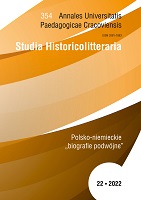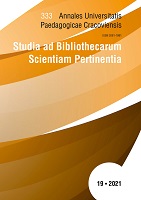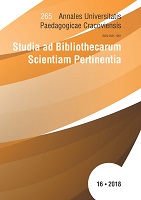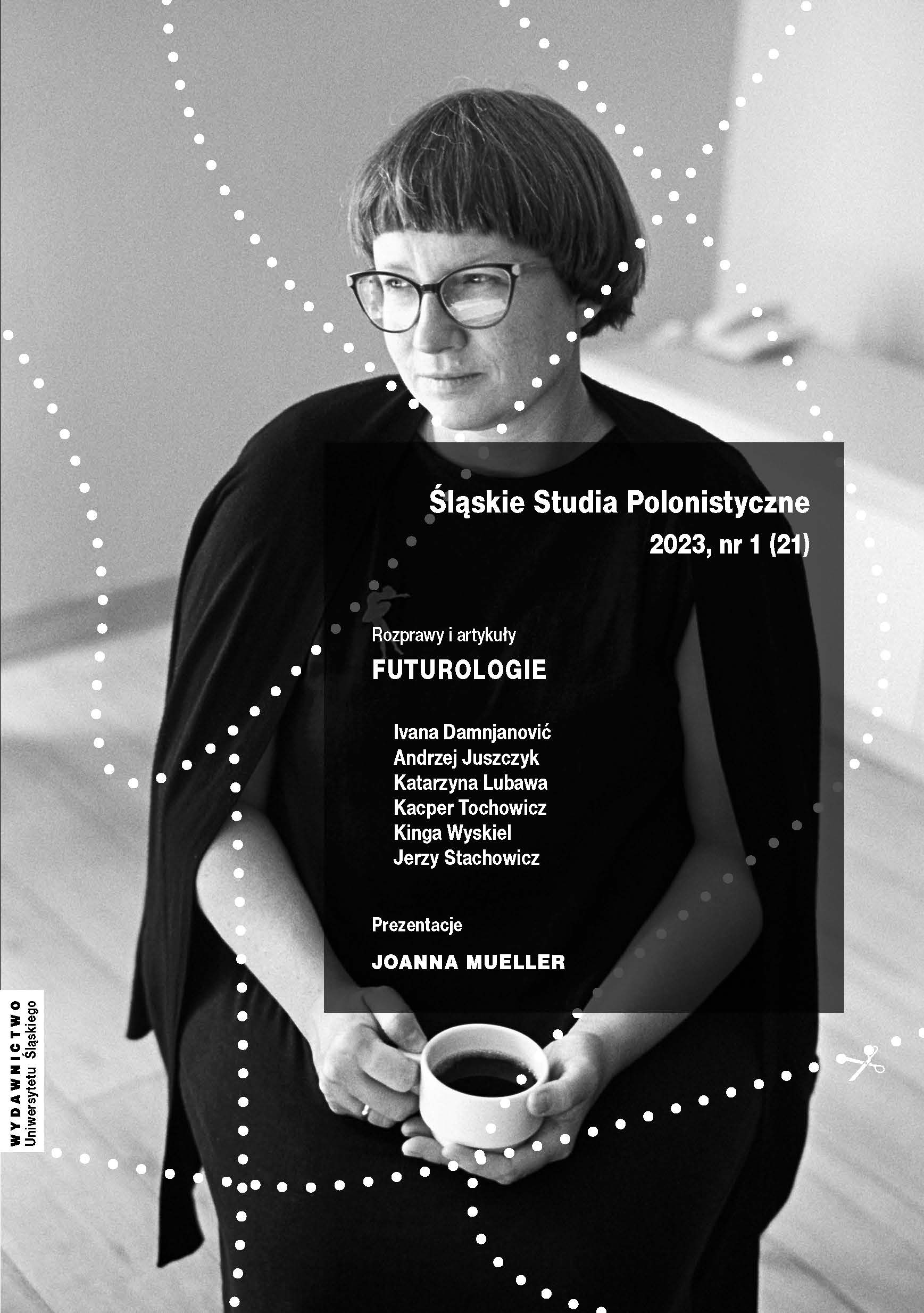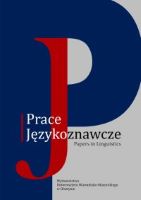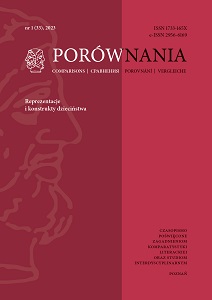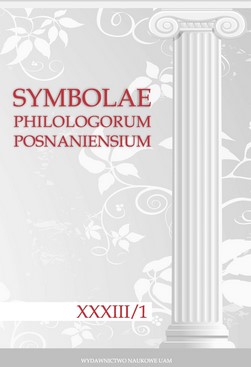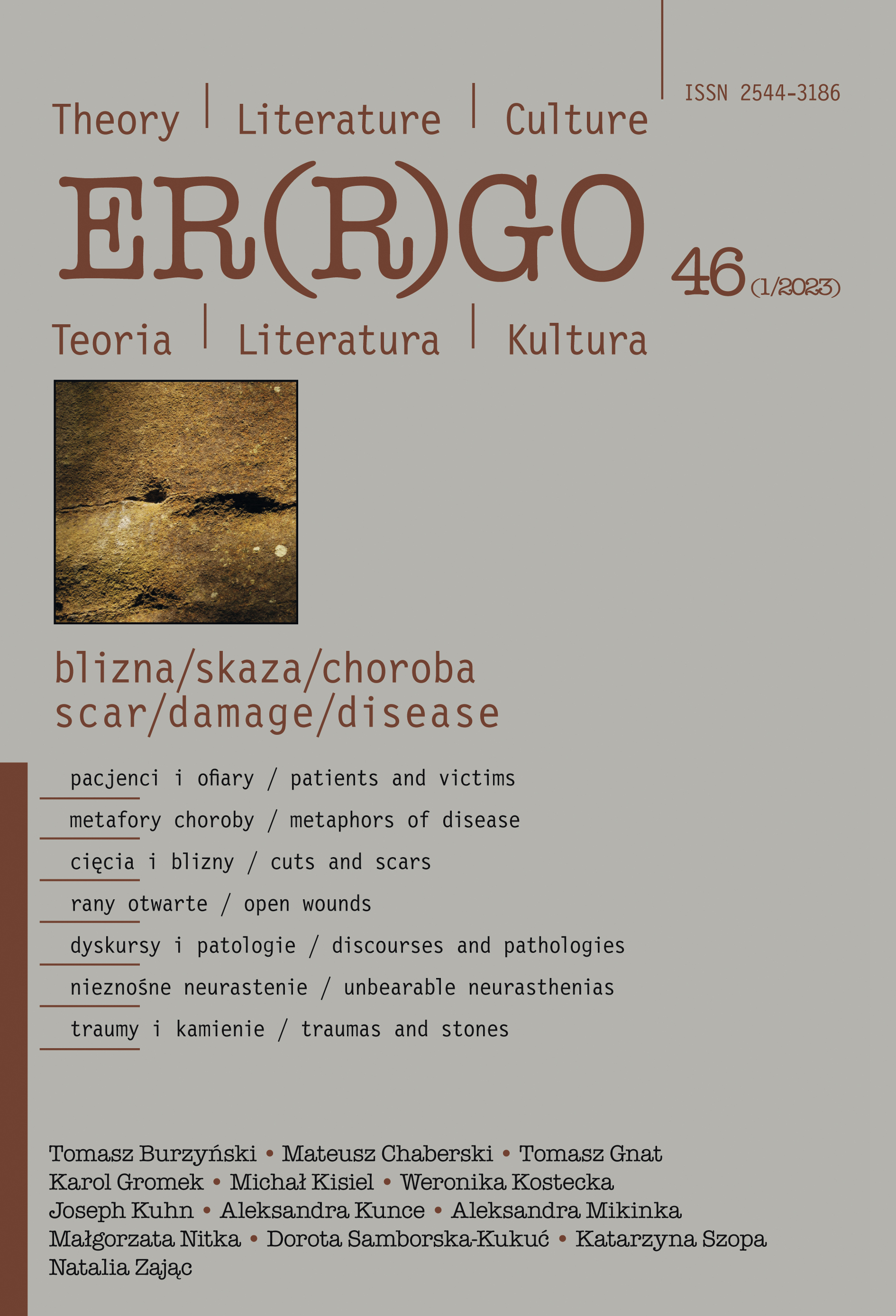Baśń czy nie baśń? O polskim definiowaniu fantasy w siedmiu aktach
The aim of this text is to present a Polish definitional discourse on fantasy as a convention of fantastic literature, from the moment of its appearance through to the translation of Tolkien’s Lord of the Rings in the years 1961-1963. The first attempts to define this term, to the moment when the phenomenon took shape and the definitional discourse was taken over by Polish fantasy authors in the 1990s are also discussed. The selection of significant statements and their interpretation will be made with reference to Michel Foucault’s theory of discourse and Pierre Bourdieu’s field theory.
More...
